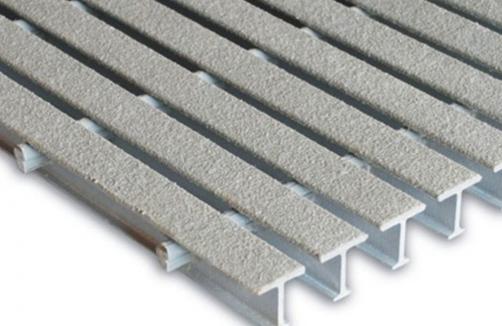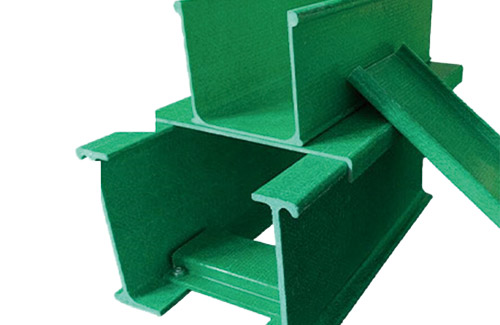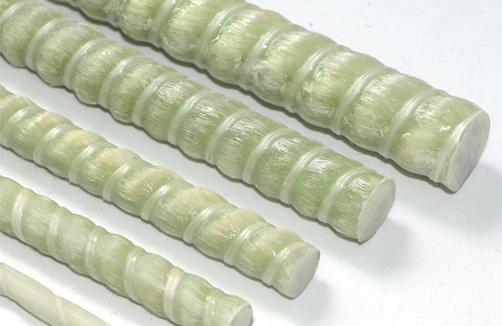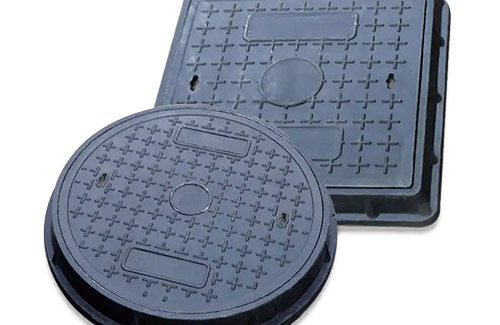The so-called chemical method is to crack the resin in the FRP scrap by a certain technical means and separate it from the glass fiber. The recovered glass fiber can be recycled into the low-grade glass fiber product, and the decomposed resin It will become a kind of "diesel" that can be burned and used as fuel. Many years ago, Zhejiang Weixing Group, the world's largest button factory, had tried this and achieved great success. However, because of the reasons that will be mentioned later, this attempt has just died at the very beginning of the mass production.
The so-called physical method is to crush the waste, use it as a filler, and mix it with cement to make a brick paving road. In this respect, Japan has mature experience, and many blind road tiles on both sides of the Japanese road are made of this processed waste.
However, both chemical and physical methods are still quite difficult to implement in China. The focus of the difficulty is the lack of relevant national policies.
Regardless of whether it is a physical method or a chemical method, the biggest difficulty at present is still that the processing cost is too high, and it is not worth the candle. In foreign countries, the government has very clear policies and related subsidy measures for such waste disposal, so as to ensure that waste disposal enterprises can maintain a certain level of profitability and maintain business continuity. However, our country is completely blank in this respect. In particular, FRP is a small industry that has not yet attracted the attention of the economic departments at the central level. It is impossible to introduce relevant preferential policies. There is an urgent need for industry associations to coordinate and make lobbying and repetitive work to relevant departments, and make unremitting efforts.
Second, existing industry management laws and regulations make it impossible for waste disposal companies to enter the market to digest their products. Take Weixing Group as an example. As a button factory, they do not have the qualification to sell oil products. The sales of our country's refined oil products are strictly controlled by PetroChina, Sinopec and CNOOC. The high monopoly has caused the products after treatment. It is simply not available for sale and cannot enter the market. At the same time, this processed oil product does not have a formal product name, and no relevant technical standards can be found in the product sequence of the relevant national departments. Therefore, no one dares to buy it, and no one dares to sell it. The final ending is only stopped, not enough. The physical smashing method will also face the same problem. What is the name of the smashed product, what kind of product performance standard should be formulated and accepted by the market, and the design unit adopts this kind of waste post-processing product, etc. unsolved puzzle. Therefore, apart from the cost issue, the current administrative management model in our country is that the FRP scrap has been treated well and cannot be recognized by the government administrative law enforcement management department and the design and application departments. Whether you are the Trade and Industry Bureau, the Taxation Bureau, the Technical Supervision Bureau, the Quality Supervision Bureau or the Municipal Design Institute, it is difficult to independently recognize this. Therefore, technology, cost, and market have all become difficult roads in front of FRP waste disposal enterprises.
If this problem is not properly solved, the development of the FRP industry will not only receive great restrictions, but even the danger of extreme shrinkage.
To properly solve the problem of handling FRP scrap, it is necessary for enterprises, industries and relevant government departments to work together. First, as a waste disposal company, we should actively explore new technical means and strive to reduce costs. Secondly, as an industry association, on the one hand, it should serve as a bridge between enterprises and the government, actively communicate with relevant government departments, and strive for strong policy support; on the other hand, it should also organize relevant enterprises to formulate technical standards related to waste disposal. And specifications, contact relevant application industries and departments to enable them to accept and apply this product.
The problem of waste has become a difficult problem to be solved in front of the FRP industry. Especially the rapid development of thermoplastic composite materials in recent years has clearly told us that if we can not solve the waste disposal problem as soon as possible, then a very large number will soon The field of application will be replaced by thermoplastic materials. This is not only a problem that must be solved, but we believe that this problem can be properly solved through the joint efforts of enterprises, industry and government departments.








